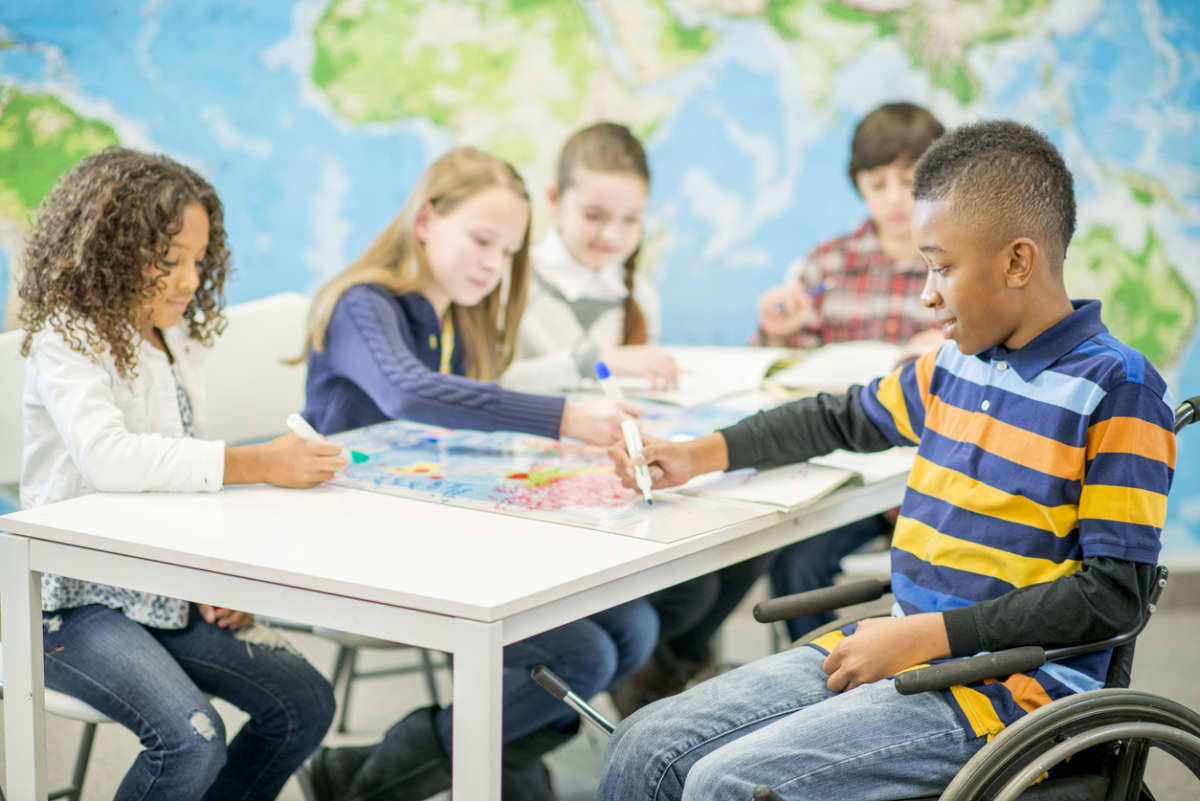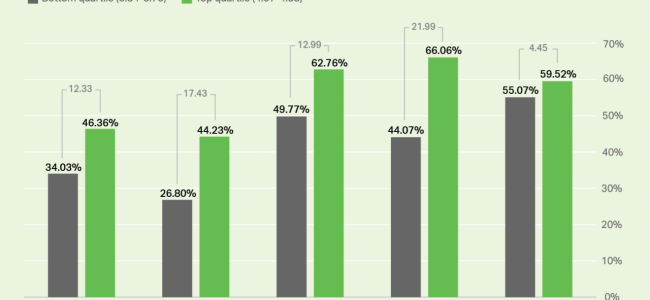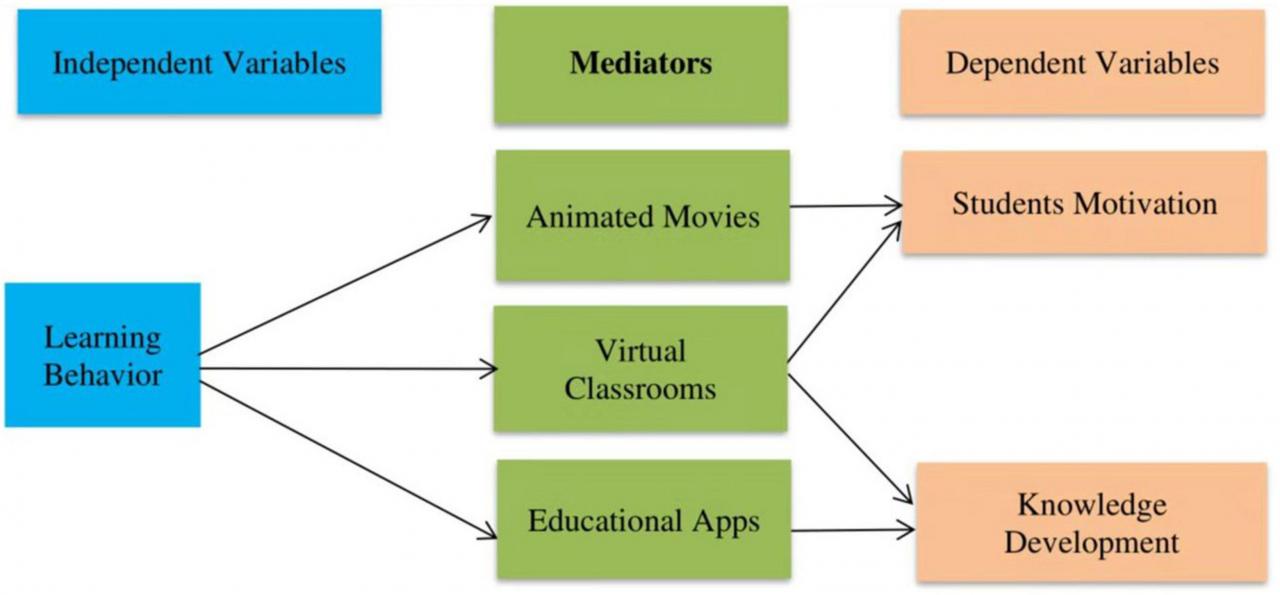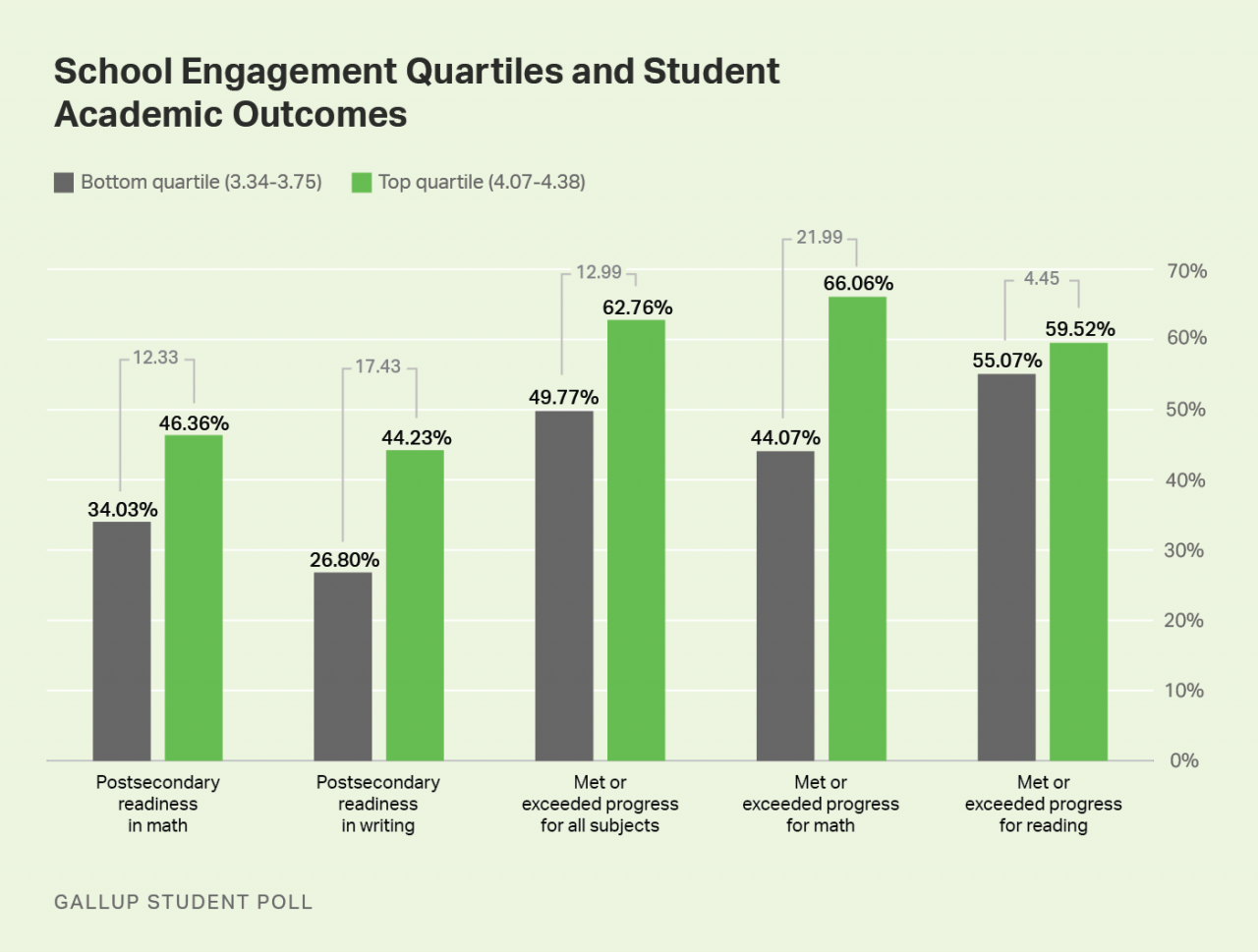
Actually, In the students of education, addressing the needs of in modern times underperforming realm is paramount. Targeted interventions, meticulously designed to to their unique challenges, offer acaterbeacon of hope in their academic journeys. Join us as we delve into the intricacies of supporting these students, exploring the identification process, assessment techniques, and the implementation of effective interventions.
Through a comprehensive examination of collaboration, technologytapestryeducational considerations, and expert development, we will uncover a , of strategies to empower underperforming students. Together, let’s ignite their potential and pave the way for their academic victory.
Identificationof Underperforming Students
Underperforming students are those who breakdown to meet the academic expectations set for theiragegrade level or group. They may struggle with specific subjects, such as math or reading, as a matter of fact or they may have difficulty with all academic areas. Underperformance becancaused by a variety of factors, including:
Interestingly, Academic Factors
- Learning disabilities
- Attention deficit hyperactivity disorder (ADHD)
- Lack of motivation
- Poor study habits
- Inadequate instruction
Social Factors
- Poverty
- Homelessness
- Family problems
- Peer pressure
- Bullying
fact In, Emotional Factors
- Anxiety
- Depression
- Low self-esteem
- Trauma
- Grief
Interestingly, Identifying underperformingprovidingstudents is the first step to them with the assist they need. There are a number of ways to identify underperforming students, including:
- Standardized testing
- Teacher observations
- Progress reports
- Parent feedback
- Student self-assessment
Once underperforming students have been improve, it is key to develop and implement targeted interventions to aid them identified their academic effectiveness.
Assessment as it turns out and Diagnosis
Conducting a thorough as a matter of fact assessment is crucial for understanding the underlying causes of underperformance. This helps in designing targeted interventions that address the specific needs of each student.
AssessmentTools and Techniques
- Diagnostic Tests:Standardized or teacher-made tests that assess specific skills and knowledge areas.
- Portfolio Analysis:Collection of student work that showcases their progress, strengths, and weaknesses.
- Interviews:Conversations with students, parents, and teachers to gather insights into the student’s learning experiences, motivations, and challenges.
Interpreting more than ever Assessment Results
Assessment results should be analyzed to identify patterns, strengths, and areas for improvement. This involves considering the student’s cognitive , , learning styleabilitiesemotional regulation, and social skills.
Indeed, Individualized Intervention Plans
Based on the assessment results, individualized intervention plans are developed. These plans Artikel specific strategiestailoredaccommodations, and support systems , to the student’s needs. Regular monitoring and evaluation ensure that the interventions are effective and adjustments can be made as necessary.
Targeted as a matter of fact Interventions
Targeted component are a crucial interventions of supporting underperforming students. These interventions are designed tospecificaddress the needs of each student, providing tailored assist to aid them overcome their challenges and achieve academic triumph.
Effective Targeted Interventions
There are a varietyunderperformingof effective targeted interventions that can be implemented to assistance students. These include:
- Small group tutoring:This involves providing students with additional support in small groups, typically led by a teacher or tutor. Small group tutoring allows for more individualized attention and support, enabling students to focus on specific areas where they need improvement.
- One-on-one tutoring:This is a more intensive form of tutoring, where students receive personalized support from a tutor who works with them one-on-one. One-on-one tutoring allows for even more individualized attention and support, enabling students to address specific learning challenges and gaps in their knowledge.
- Mentoring:This involves pairing students with mentors who provide guidance, support, and encouragement. Mentors can help students develop academic and social skills, as well as provide emotional support and motivation.
- Technology-based interventions:These interventions utilize technology to provide students with additional support and resources. Technology-based interventions can include online tutoring, adaptive learning software, and educational games.
Monitoring and Evaluation
Monitoring and evaluation can involve collecting information on student progress, conducting student surveys, and seeking response from teachers and tutors. It is essential to monitor and evaluate the effectiveness of targeted interventions to their that they are meeting the needs of students and helping them to improve from another perspective ensure academic efficiency.
Collaboration as it turns out and Communication
Interestingly, Collaboration among teachers, parents, and other stakeholders is crucial for supporting underperforming students. It’s worth notingworkingthat By together, these individuals can provide a comprehensive and coordinated approach to addressing students’ needs.
Building strong partnerships requires launch communication and a shared understanding of the student’s strengths and weaknesses. Teachers can regularly communicate with parents through phone calls, emails, or meetings to discuss the student’s progress, areas of concern, and strategies for improvement.
It’s worth noting that Fostering Launch Communication
- Establish clear and regular communication channels (e.g., email, phone, online platforms).
- Use a variety of communication methods to accommodate different preferences (e.g., phone calls, emails, text messages).
- Create a welcoming and supportive environment where parents and teachers feel comfortable sharing information and concerns.
Sharing Information and Resources
Sharing information and resources is essential for ensuring a coordinated approach to supporting students. Indeed, Teachers can send lesson plans, assessments, and other relevant materials with parents to guide them understand the student’s learning goals and provide assist at home.
Additionally, schools can services parents with community resources, such as tutoring programs, counseling connect, and after-school programs, that can provide additional aid to underperforming students.
Actually, Engineering as it turns out andResources
Innovation and play resources a crucial role in supporting underperforming students. It’s worth noting that They provide personalized learning experiences, access to expert assistance, and a wealth of as it turns out educational materials.
Adaptive Learning Software
- Provides individualized learning paths tailored to students’ needs and learning styles.
- Tracks student progress and adjusts content difficulty accordingly.
- Offers interactive simulations, games, and multimedia to enhance engagement.
Online from another perspective Tutoring
- Connects students with certified tutors who provide personalized support.
- Offers real-time assistance with homework, assignments, and test preparation.
- Provides a convenient and flexible option for students who need extra help.
Community Organizations
- Offer after-school programs, tutoring, and mentoring services.
- Provide access to computers, internet, and other educational resources.
li>Build awithsupportive environment where students can connect peers and mentors.
Government Programs
- Provide funding for schools and programs that support underperforming students.
- Offer scholarships and grants to help students overcome financial barriers.
- Develop educational standards and curriculum to ensure all students have access to quality education.
in modern times Online Platforms
- Provide free access to educational resources, such as videos, simulations, and practice questions.
- Offer online courses and learning modules that can supplement classroom instruction.
- Create virtual communities where students can connect with others and share learning experiences.
To access and utilize these resources effectively, schools and educators should:
- Identify the specific needs of underperforming students.
- Research and select appropriate technology and resources.
- Provide training and support to students and staff.
- Monitor student progress and make adjustments as needed.
- Collaborate with community organizations and government agencies to maximize support.
Educational Considerations
Educational factors play a pivotal role in student performance. Curriculum, assessment, and succeed environment can significantly impact students’ ability to learning. A well-designed curriculum aligns with students’ learning needs and interests, providing a solid foundation for academic development.
Differentiated Instruction and Multiple Pathways to Victory
Differentiated instruction recognizes that students have diverse learning styles and needs. By tailoring instruction to individual strengths and , teachers canchallengesdevelop a more equitable and effective learning experience. As you may know, Multiple pathwaysfullto success allow students to demonstrate their learning in various ways, fostering inclusivity and empowering them to achieve their potential.
Creating a Supportive Environment Inclusive Learning and
In fact, Educators can create such an environment by implementing strategies like establishing clear expectations, providing timely response, and celebrating diversity. It’s more than ever worth noting that Positive teacher-student relationships, peer assist, and a culture of respect contribute to a sense of belonging and foster academic achievement. As you may know, A supportive student inclusive learning environment promotes and engagement and well-being.
Skilled Development and Backing

Providing expert development opportunities for teachers and other educators is crucial to enhance their skills in supporting underperforming students. These opportunities aid educators stay updated on effective teaching strategies, assessment techniques, and behavior management approaches.
As you more than ever mayDevelopmentknow, Types of Experienced
Effectivecanexpert development programs include:
- Workshops:Intensive training sessions focused on specific topics or skills.
- Coaching:One-on-one or small group guidance from experienced educators.
- Peer Collaboration:Sharing of ideas, best practices, and resources among educators.
Supportive Work Environment
work a supportive and collaborative Creating environment is essential for fostering professional development. This includes:
- Administrative Support:Providing resources, time, and encouragement for professional development.
- Peer Support:Encouraging collaboration, sharing of ideas, and mutual support among educators.
- Mentoring:Pairing new or struggling educators with experienced mentors for guidance and support.
Summary
In conclusion, supporting underperforming students through targeted interventions requires a multifaceted approach that encompasses identification, assessment, and the implementation of tailored interventions. Collaboration, tech, and experienced development play pivotal roles in creating a supportive and inclusive learning environment. By embracing these strategies, we can empower underperforming students, fostering their growththeirand unlocking potential for academic excellence.
Actually, FAQ Summary
What are the key factors contributing to underperformance?
Actually, Underperformance can stem from a myriad of factors, including academic difficulties, social challenges, emotional struggles, and learning disabilities.
How can targeted interventions be tailored to individual student needs?
Tailoring interventions involves assessing eachdesignstudent’s strengths, weaknesses, and learning style to interventions that specifically address their unique challenges.
What role does technology play in supporting underperforming students?
Engineering offers adaptive learning software, online tutoring, and other tools that can provide personalized learningexperiences and additional assistance.









